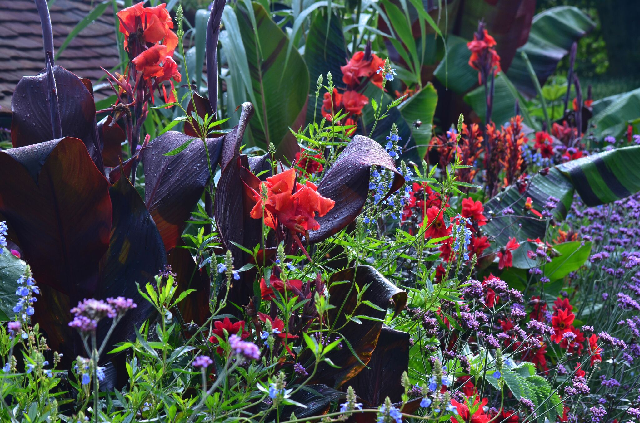
Featured image credit: David Marsden
Earlier this month, we spoke to David from The Anxious Gardener about how he became a self-employed gardener, how other people can do the same, and some great tips for attracting wildlife to your garden. Check out our interview below.
Our interview with The Anxious Gardener
1. You started gardening 10 years ago, has much changed between then and now?
For me, the major change in the last ten years has been the smartphone. Not only does it allow me to interact easily with people on social media (in what can otherwise be a lonely profession), but more importantly it gives me immediate access to a whole world of gardening know-how. If I'm unsure or I've forgotten when to prune a particular shrub or the conditions a certain plant prefers, I can find out the answer instantly. I still keep a hefty RHS encyclopaedia at work and it is excellent … but I use it less and less.
2. Do you think more people are getting into gardening now than before?
Gardening has always been a popular past-time and I don't know whether it is more popular now than when I started. But the internet allows a vast number of people to blog about gardening or their gardens; to post photos on Instagram, Facebook, Pinterest or Twitter; and gardeners all over the world can now easily connect and share ideas. Maybe the number of gardeners over the past ten years has remained fairly constant, but the numbers talking about it has certainly ballooned.
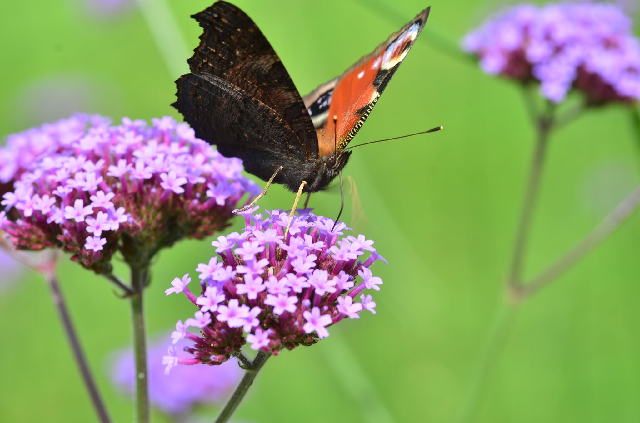
- Photo Credit: David Marsden
3. Is it easy to become a self-employed gardener, for example after changing professions or as an additional income?
Personally, the hardest part was making the decision to become self-employed. But actually, though the idea was a little daunting, the reality was pretty straightforward. I'd suggest paying an accountant or book-keeper to complete your tax return, at least initially. I paid my book-keeper about £200 a year but I easily recouped more than that with her advice on various tax-deductible expenses.
The next hurdle, of course, is finding work. I know several gardeners who did so by printing leaflets and posting them through letterboxes in the areas they wanted to work in, i.e. areas with big gardens! Once you're working and have woo-ed your clients with your charm, wit, good looks and hard work, you'll hopefully be inundated by word of mouth offers. Both my partner (who also gardens for a living) and I regularly turn down work because we're fully booked. There is plenty of gardening work out there, it's just a question finding it.
Gardening can be a fairly easy career path for many people wanting a change and I think there are more people choosing it, especially in later life. The other day I met an ex-teacher who made the switch and has never been happier. I also know care-workers, an artist, postmen, a shop worker and a musician who have all taken up professional gardening.
4. How did you become a self-employed gardener?
I began by working part-time in a trade alpine nursery. It was hard work in all weathers but I loved working outdoors and being amongst thousands of tiny gorgeous plants. I learnt a great deal about cuttings, seed sowing and propagation by division, as well as general plant care; all of which has stood me in good stead. Then I moved to a garden centre which, when you're constantly being asked questions by customers, is the perfect environment to learn about a wide range of plants very quickly. At about the same time, I worked a few hours a week with a small gardening business and, when working in the garden of a famous musician, I met the gardener. Chatting to her and seeing her at work gave me the confidence to think, I could do this! After a year at the garden centre, the job of gardener at The Priory, opposite my house, became vacant. You can imagine how ecstatic I was when I got my dream job a few minutes walk from my front door.
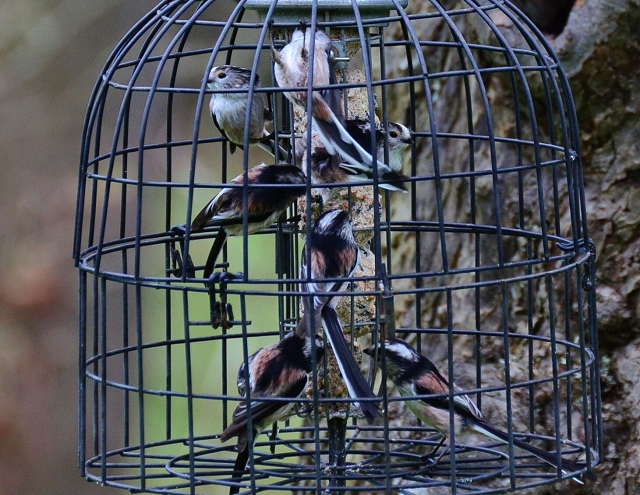
- Photo Credit: David Marsden
5. You work primarily with two different gardens, one in South Downs National Park and one in Sussex Weald. What work do you do on these gardens?
Both properties are holiday homes and so I am both gardener and, to an extent, caretaker during the owners' absence. My work is exactly what you would expect: I mow the lawns, strim the edges, cut hedges, plant and weed the borders, grow a few vegetables (and a lot of tomatoes in one garden) and do an awful lot of watering. I also liaise with a range of tradespeople – tree surgeons, nursery staff, mechanics, builders, carpenters, mole-catchers and other gardeners when I need help with a big job or holiday-cover. Oh, and I make the gardens look nice.
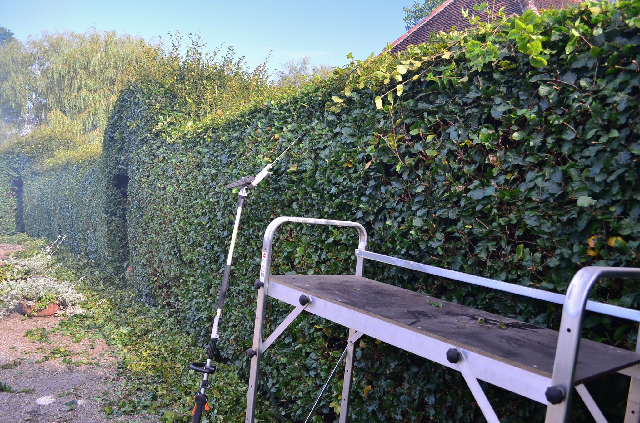
- Photo Credit: David Marsden
6. Part of your work in Sussex Weald is making compost on a large scale. What sort of things do you put into the compost, and how do you make sure there is enough to go around?
The majority of the material for the compost bins is lawn clippings of which we produce a huge amount. Clippings take an age to break down if just dumped in a heap but by adding loads of other plant material from the gardens, as well as newspaper and cardboard, and turning the heaps several times, I produce about 4 cubic metres of excellent compost annually. I have seven large compost bins, which might sound excessive but I wish I had two more. I'm also a bit fanatical about making leaf mould; both this and the compost give me plenty of wonderful, rich organic matter for mulching borders, shrubs and the veg beds. I rarely run out.
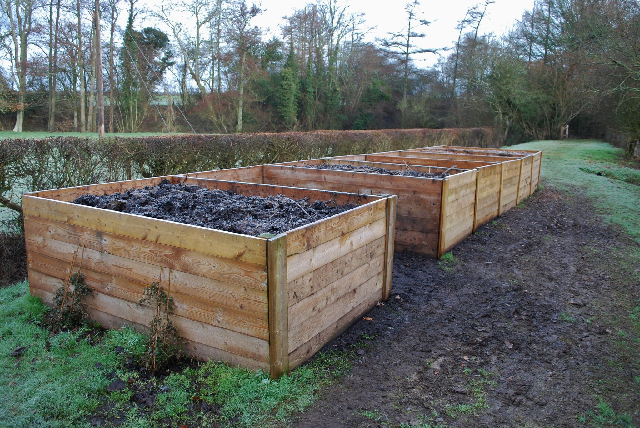
- Photo Credit: David Marsden
7. You’ve also written about gardening to encourage wildlife on your blog. What tips could you give to home gardeners or garden owners to help wildlife in their gardens?
I'd suggest the easiest, most sure-fire way to attract wildlife to your garden is to provide water. A small pond will draw amphibians, birds and all sorts of insects very quickly. Even a bird bath, topped up with fresh water, will soon attract birdlife and drinking insects. If you haven't the space for a pond, an old water tank or wooden barrel, perhaps with a solar powered pump, can work just as well; especially if you can ensure that animals can get in and out easily. A bird feeder and nest box are other obvious additions; as are nectar rich flowers to bring bees and butterflies into your garden. And finally, avoid pesticides and herbicides - unless they're organic.
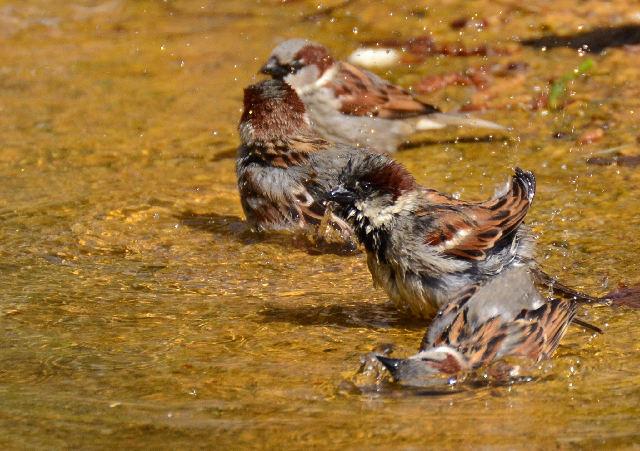
- Photo Credit: David Marsden




